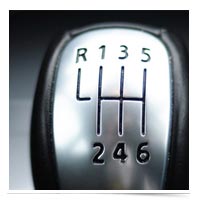 “Only in quiet waters things mirror themselves undistorted. Only in a quiet mind is adequate perception of the world.”
“Only in quiet waters things mirror themselves undistorted. Only in a quiet mind is adequate perception of the world.”
Hans Margolius, librarian, writer, philosopher
For those of you who learned to drive on a standard transmission (stick shift!), you probably remember what it was like to get flustered and stall the car. Figuring the right amount of gas and clutch could be real challenge, especially if you lived in a hilly neighborhood.
Stalling in traffic was the worst! The car would lurch and the dreadful silence of the engine was soon replaced by honking horns. Who doesn’t recall the panic of trying to get the car back in gear and get going under pressure?
Of course, as we became more experienced, stalls were infrequent, and the the routine to get going again was practically automatic. It’s still a little embarrassing, but it’s not the teenage crisis it once was.
I think this experience is a pretty good metaphor for describing our ability to refocus our thoughts and energies after stress throws us off. Whether good stress (holy moly, five new listings and a speaking engagement!) or bad stress (angry client, son just wrecked the car), how effective are you at getting back in gear?
Just like restarting a stalled car, it helps to have a routine that puts you back in traffic. “Clutch, neutral, key, gas,” is pretty much the procedure for getting back to go. But what about in your work day? What rituals do you have to reset yourself?
A glass of cold water, deep breathing, a walk around the block… all of these are good “breaks” to help shake off the adrenaline. Cultivate your calm in the center of the storm. It also helps to apply yourself immediately to the next task at hand. Refocus your mind on the next action you can take. Imagine what is still left to be done and dig in.
Plan on it: The unexpected will visit you almost every day. Understanding what steps to take to restart your engine will make you a happier, more productive agent.


